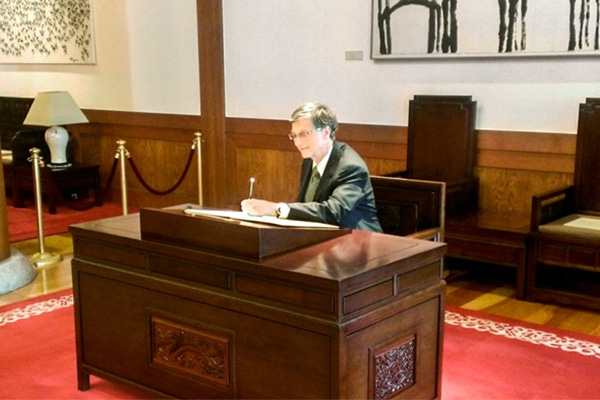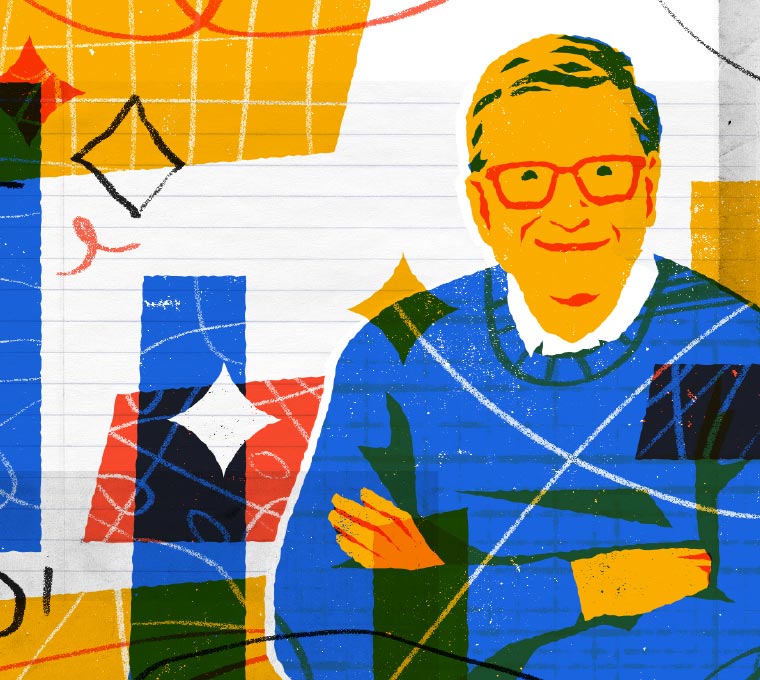South Korea
What happens when a country stops needing aid?
South Korea is making the transition from developing to developed country.


The amazing story of South Korea’s transition from an aid recipient to a donor country has been told many times. But what happens next? What does the future hold for South Korea, and what does that say about the future of other nations that make the leap from developing to developed country? These are some of the questions I was thinking about when I visited Seoul last week.
It was great to hear how South Korea is using its experience as an aid recipient to inform its role as a donor. Aid was the focus of my talk at the National Assembly and one of the main topics I discussed with President Park Geun-hye, who was kind enough to host me at the Blue House. I thanked her for Korea’s growing contributions to global development, and her commitment to increasing support for high-impact multilateral organizations. Korea’s overall aid budget will increase from about $1.5 billion in 2012 to an estimated $3 billion by 2015, and it has the potential to do much good for the world – and for Korea.
South Korea’s leadership on aid is crucial in areas like health and agriculture, where they received assistance for years and now have built up a lot of expertise. For example, the International Vaccine Institute in Seoul is one of the strongest vaccine institutes in the region. I met with the IVI’s leaders and heard about their plans to help research centers in other countries build up their capacity. That’s part of the virtuous cycle of development assistance: as a country makes progress, they pass the benefits on to their neighbors.
Another area where you can see the impact of South Korea’s transition is in what President Park calls the Creative Economy. As its labor costs have risen relative to others in the region, South Korea doesn’t have the advantage it used to in areas like manufacturing, so they’re looking to compete in more cutting-edge sectors. They are fortunate in having one of the best education systems in the world, which is a key part of building a culture of innovation. The Creative Economy is a priority for President Park, and also for the students I spoke with at Seoul National University. They know South Korea has gone through an amazing transition, and they’re keenly interested in how to make the most of it.
One other area where South Korea is on the frontier is nuclear power. The world is going to need more energy in the coming decades, and if we’re also going to cut our carbon emissions, then carbon-free energy will have to be very inexpensive. Thanks to their heavy investments in nuclear power, South Korea has the cheapest electricity of any rich country, even though they don’t have any coal or natural gas and limited hydropower. So President Park and I talked about how Korea can be a model for other countries. We also touched on the work of TerraPower, a company I’ve invested in that is developing fourth-generation nuclear reactors.
I left Seoul feeling quite bullish about South Korea. It’s remarkable that a country devastated by war just 60 years ago can be thinking so big on so many fronts, from development aid to nuclear power. It’s a powerful reminder of how effective assistance can help a committed nation of people accomplish great things.


